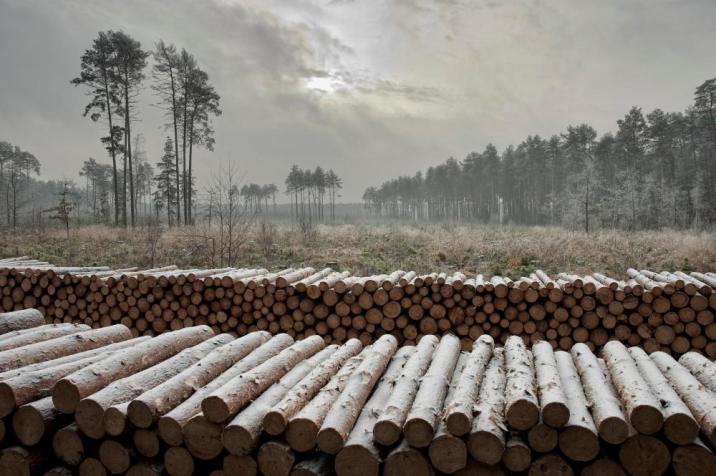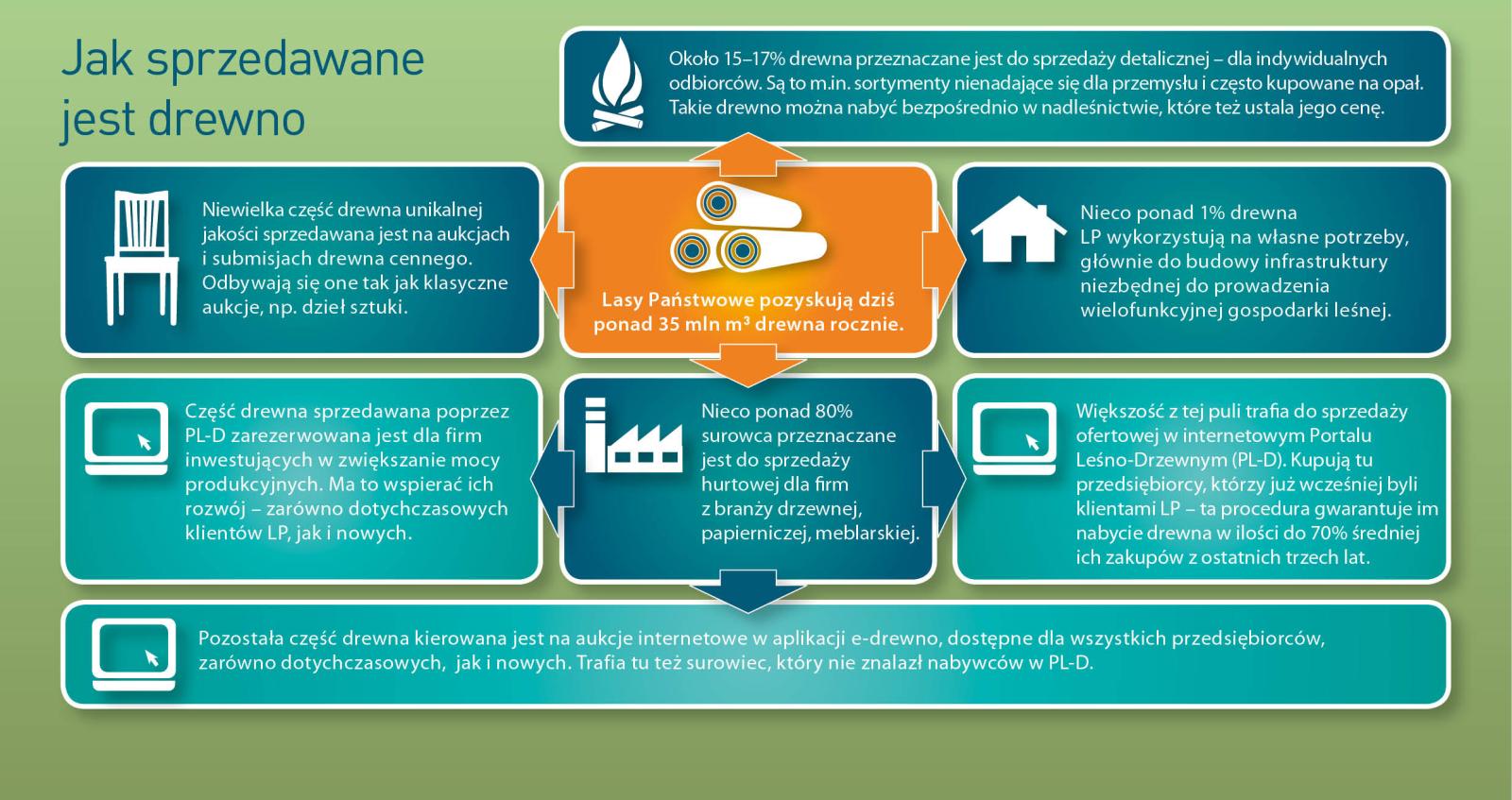 Asset Publisher
Asset Publisher
Sale conditions
Sale conditions of wood are specified by the regulation of Director – General of the Sate Forests.
Within the framework of the individual sale , the foresters try to meet the fast growing demand, because more and more people use wood in order to heat their houses. Contrary to general opinion, these are not only village people, even though they prevail among recipients. The growth of firewood demand is the result of occurrence of new housing estates built in the suburbs of large agglomerations, where houses are usually equipped in fireplace heating installations.
Firewood is not only the most ecological heat source, but also is much more attractive in respect of relation of price and electric efficiency, rather than cola, oil, gas or electric power.
In recent years, the Sate Forests increased the sale of firewood of one third – up to over 4 million cubic meters annually. Firewood is not only the most ecological heat source, but also is much more attractive in respect of relation of price and electric efficiency, rather than cola, oil, gas or electric power. Some of customers choose already prepared and cut into pieces wood, the others very willingly obtain it by themselves after arranging all details and fulfilling particular safety conditions, and after paying the fee; that concerns mainly so called "thinnings". Such a raw material is very cheap, that is why many people from village areas profit from such possibility.
 Asset Publisher
Asset Publisher
Monitoring Lasów
Monitoring Lasów
Monitoring lasów w ramach Państwowego Monitoringu Środowiska.
W lasach wszystkich form własności na terenie całego kraju w latach 2016-2020 będą prowadzone prace obserwacyjno-pomiarowe w ramach programu monitoringu lasów. Program monitoringu lasów stanowi element systemu Państwowego Monitoringu Środowiska. Zebrane wyniki posłużą do oceny stanu zdrowotnego lasów Polski wszystkich form własności w relacji do zmieniających się warunków środowiska. Prace terenowe odbywają się corocznie na stałych powierzchniach obserwacyjnych rozmieszczonych w sieci 8x8 km, które są częścią gęstszej sieci wielkoobszarowej inwentaryzacji stanu lasu. Parce terenowe będą wykonywane przez pracowników Instytutu Badawczego Leśnictwa w okresie od 1 czerwca do 30 września w latach 2016-2020.




